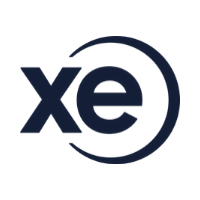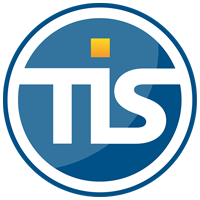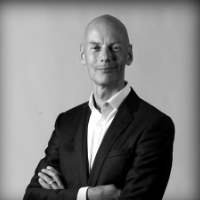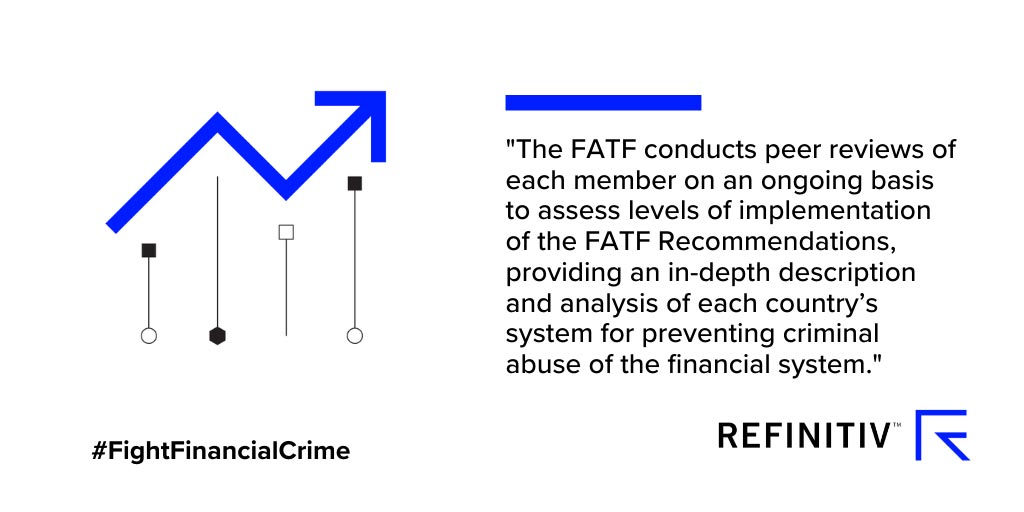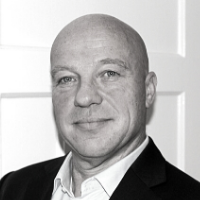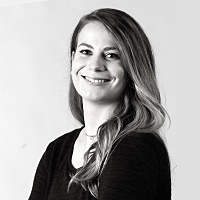Countdown to January 1 — How a Brexit deal may impact the currency markets
10-12-2020 | treasuryXL | XE |
Uncertainty continues to dominate the value of GBP, and the next few weeks are a critical time for negotiations which could see the value rise or fall depending on the type of outcome.
The United Kingdom officially left the European Union on 31 January, but since that time has remained part of the EU while a final Brexit deal is negotiated. On 1 January 2021, those ties will be severed – and it would seem we are no closer to a deal which will impact trade and travel agreements.
This uncertainty continues to dominate the value of GBP, and the next few weeks are a critical time for negotiations which could see the value rise or fall depending on the type of outcome. Whatever the result of the outcome, it will likely cause movement in the currency markets, and lead to changes in the value of GBP (and potentially other world currencies as well).
Volatility in the currency markets can impact individuals and businesses alike. Are you prepared for what could happen? And what can you look to do if you need to make a currency transfer over the coming weeks?
What’s the current market outlook?
At this time? Hard to say.
If we look at how the market is predicting the outcome of negotiations, and remove any COVID-19 vaccine impact from the levels we see today, there is much uncertainty from economists and currency traders alike.
When there is a firm outcome, we can expect to see volatility in the market. Right now, there are several possible outcomes that we could see in the coming weeks, each one potentially having a different impact on the currency markets.
What are the potential outcomes, and what market impacts could they have?
There are a number of scenarios that could pan out over the following weeks.
1. A ‘bare bones’ deal covering key goods only
At the moment, the market looks to expect, in the very least, a deal regarding manufacturing. For example, trade agreements on goods such as food and pharma and this bare bones deal appears to be priced into the levels we are seeing currently.
Expected levels: Same as present
2. Extension of the transition phase
There could potentially be an agreement to extend the transition period rather than strike a hard ‘no deal’ outcome if negotiations reach stalemate. This could result in positive levels for GBP, which could then weaken as we navigate more uncertainty once again.
Expected levels: USD 1.3500 EUR 1.1200
3. No deal
If there is a firm ‘no deal’ outcome, there could be a significant shift in the value of GBP for the foreseeable future as we seek to understand the wider impact on EU trade and the wider economy.
Expected levels: USD 1.2700 EUR 1.0700
4. Deal agreed
If a deal is struck which leaves no stone unturned and all details covered, this certainty could result in a positive move for GBP which could be sustained well into the first part of 2021.
Expected levels: USD 1.4000 EUR 1.1700
What can you do?
There’s no predicting the future. The best thing you can do right now is ensure that you’ll be prepared for volatility in the currency markets, whichever direction the motion.
Get in touch with XE.com
About XE.com
XE can help safeguard your profit margins and improve cashflow through quantifying the FX risk you face and implementing unique strategies to mitigate it. XE Business Solutions provides a comprehensive range of currency services and products to help businesses access competitive rates with greater control.
Deciding when to make an international payment and at what rate can be critical. XE Business Solutions work with businesses to protect bottom-line from exchange rate fluctuations, while the currency experts and risk management specialists act as eyes and ears in the market to protect your profits from the world’s volatile currency markets.
Your company money is safe with XE, their NASDAQ listed parent company, Euronet Worldwide Inc., has a multi billion-dollar market capitalization, and an investment grade credit rating. With offices in the UK, Canada, Europe, APAC and North America they have a truly global coverage.
Are you curious to know more about XE?
Maurits Houthoff, senior business development manager at XE.com, is always in for a cup of coffee, mail or call to provide you detailed information.
Visit XE.com
Visit XE partner page


